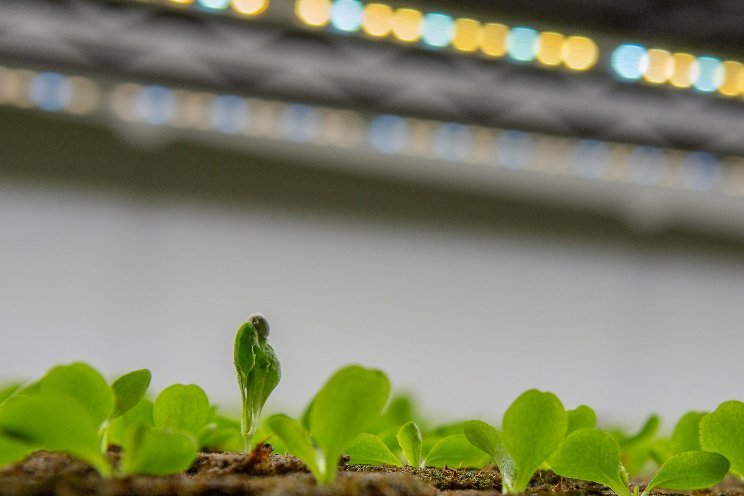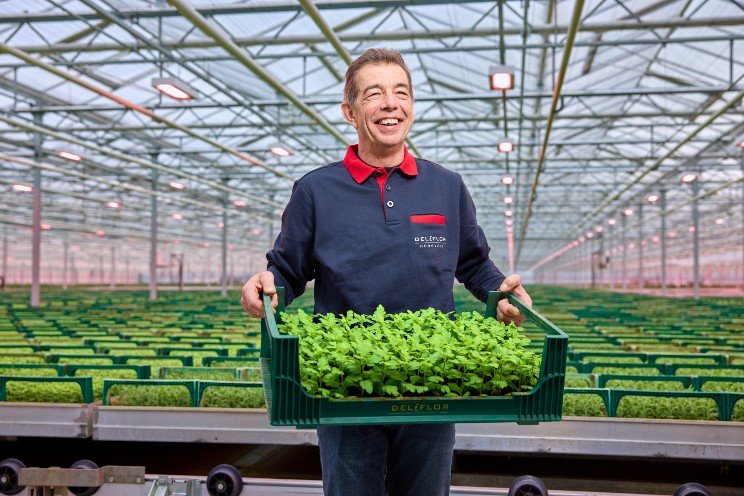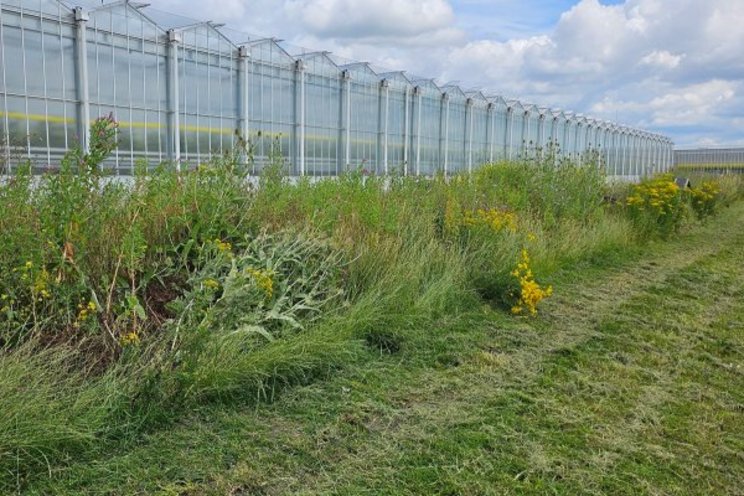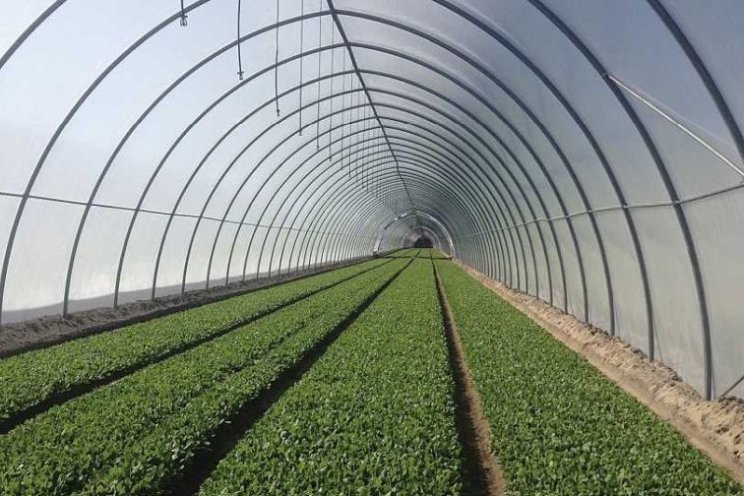Enhancing crop quality and energy savings with climate screens
Added on 10 January 2024
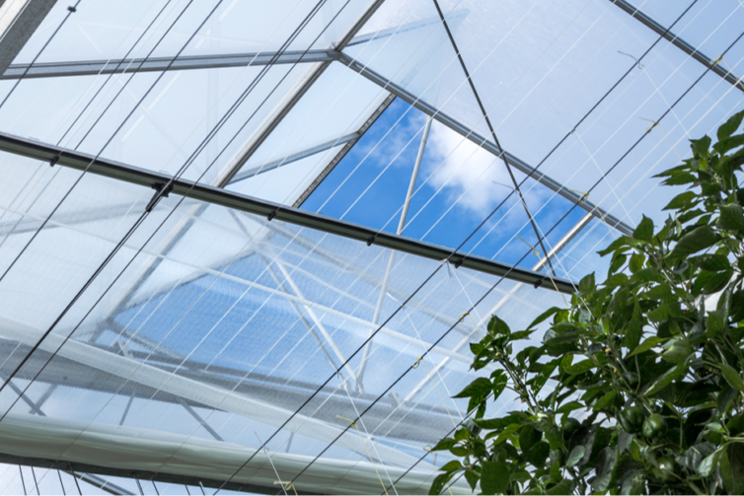
Technology and equipment advancements spanning several decades have made it easier for growers to fine-tune their success strategies, and necessity continues to drive innovation. Take climate screens, for example. From a simple screen first launched during the energy crisis of the 1970s, climate screens have evolved in function and capability, and have become increasingly popular thanks to their ability to manage temperature, humidity and light levels in a greenhouse, all while proving to save on energy costs.
“Screens help growers maintain optimal environmental conditions and stabilize humidity in greenhouses,” explains Gretchen Schimelpfenig, an energy engineer who works with growers to determine best practices for energy efficiency and decarbonization. As the executive director of Cornell University’s Greenhouse Lighting and Systems Engineering (GLASE) consortium, and a senior energy engineer at Energy Resources Integration (ERI), Schimelpfenig helps growers understand what type (or types) of screens will work best to meet their individual operation’s needs.
Optimizing cold-climate conditions
Climate screens have become somewhat commonplace for floriculture and horticulture crops alike thanks to the role they play in promoting faster plant growth and development and improving plant quality, but they’ve proven to be especially useful in cold-climate regions.
More news

